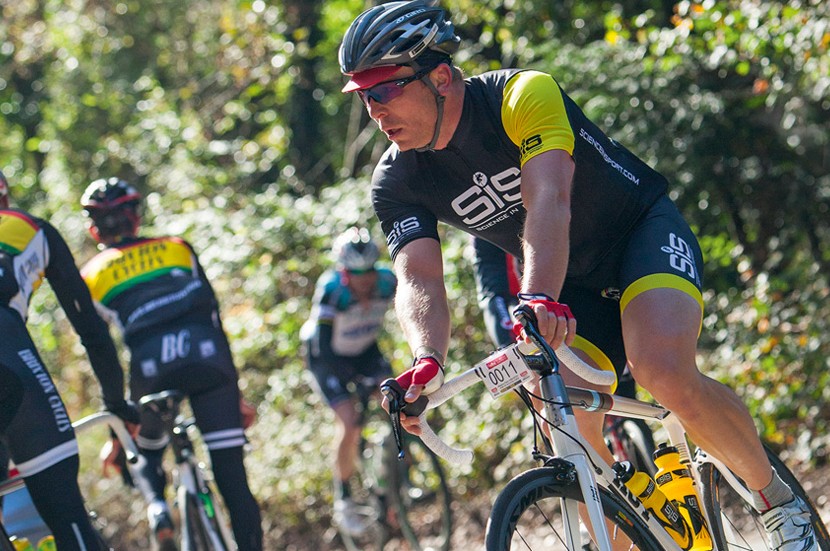Sir Chris Hoy’s golden training rules
Britain’s most decorated Olympian tells Cycling Weekly about his approach to training and how to make it work for you
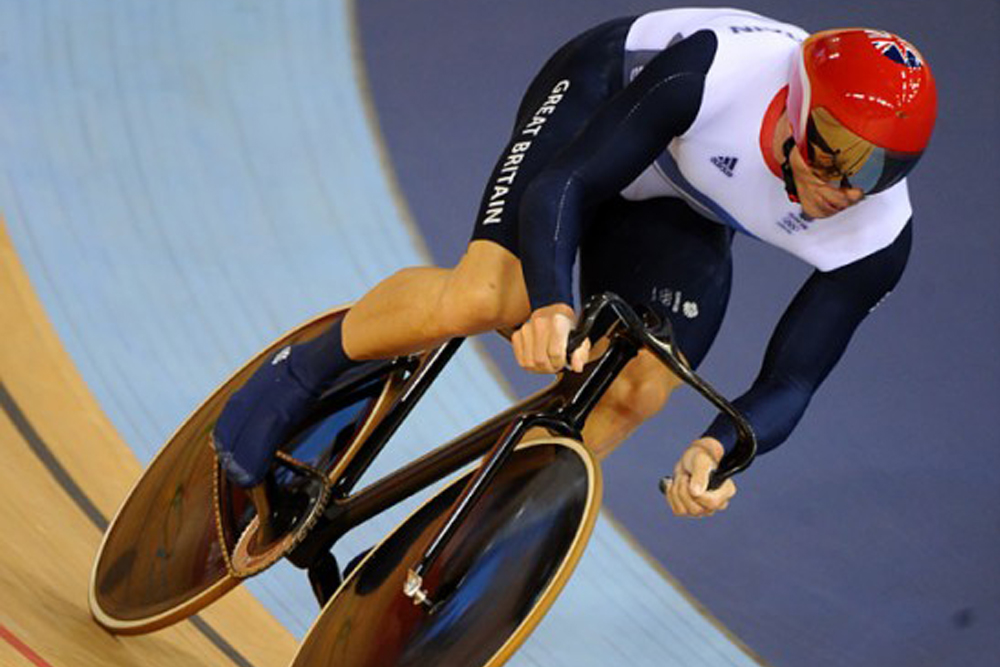
Ignore the hearsay
“In 1996 when I rode for the team [Team GB] for the first time, there were just two full-time members of staff. We didn’t have a coaching support network or sports science back-up or much nutritional knowledge… a lot of it was based on guesswork.
"I look back now at my old training diaries and I think, what on earth was I doing? You’d hear stuff on the grapevine about what other countries’ riders were doing and [these rumours] were always massively exaggerated; it was Chinese whispers.
"But you’d think, right, I’ve got to do 25 100-metre efforts in training, and you’d get to number six or seven and just pass out and think I’m not cut out to be a sprint cyclist. And then you’d find out they were really doing four or five.”
Demand explanations
“As I say to the younger riders now, you have to buy into your own training. If you’re 18 or 19 and have little experience or don’t know the science behind what you are trying to do, even if you don’t have anything other than your gut instinct… you have to speak up and say so to make sure your coach explains why you are doing it. That way, you’ll have the confidence to go for it.
"You’ve got to believe in it and you’ve got to commit. If you don’t have that belief, you won’t commit.”
Get The Leadout Newsletter
The latest race content, interviews, features, reviews and expert buying guides, direct to your inbox!
Know when to back off
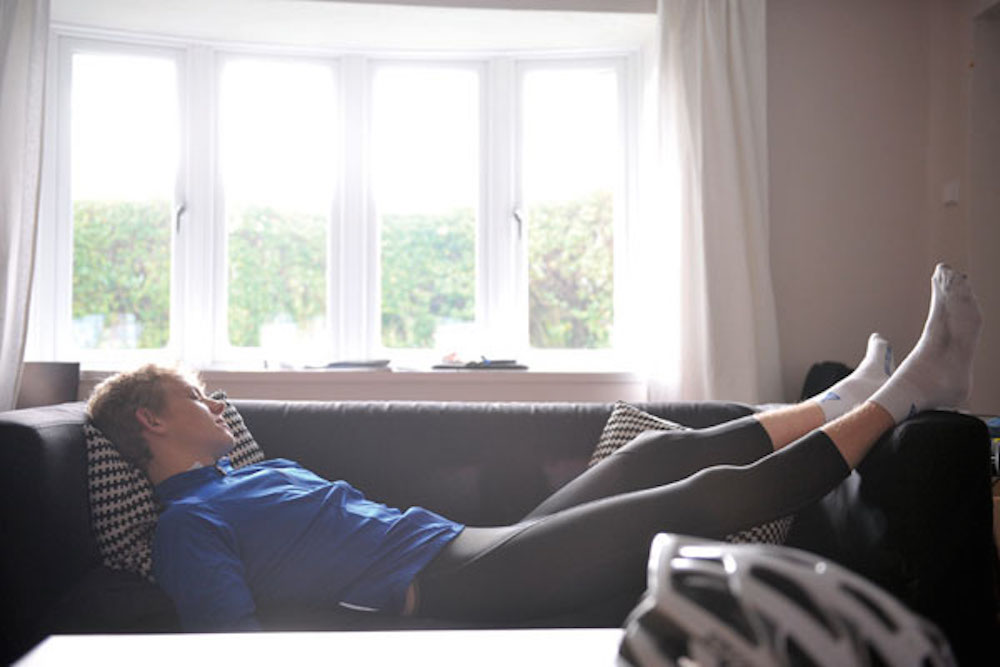
“I was always in the gym trying to do one more set, and often I could predict when I would have a problem with a tendon in my knee or my back. If I was doing a set of 10, I’d get to five or six reps and feel a little twinge and say, ‘That was a little bit sore, I’ll just finish off this set’ — then, bang, it’s gone.
>>> Tips for effective rest and recovery after cycling
"If I had just stopped and looked to the longer game… but the instinct that pushes you on is what also makes you successful because if you didn’t have that drive, you wouldn’t be a successful athlete.
"It’s tempering that instinct just enough: knowing when to push and when to be sensible. I definitely got better at that as I got older.”
Work towards an end goal
“You’ve got to have a clear goal, the more specific the better, to work towards. Then you’ve got to write a plan of how to get there, being as detailed as possible.
"Of course, things will change so you’ve got to be flexible, but in order to change your plans you’ve got to have a plan in the first place.
"It’s important to have this programme of how to get there, then you don’t have to think about how far off your end goal is.”
Use data to provide objectivity
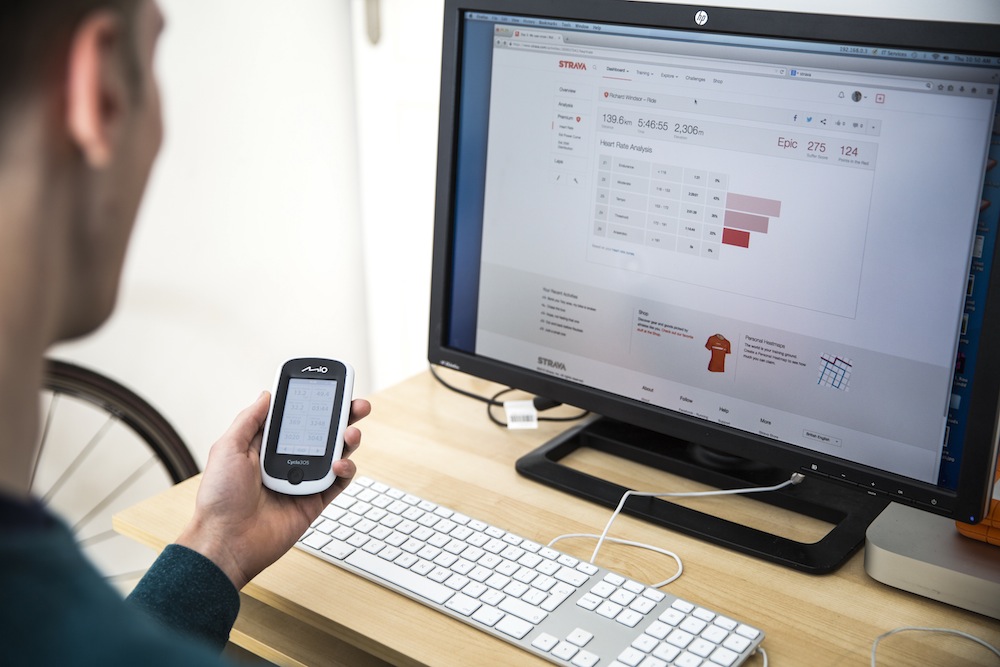
“It’s very hard to improve if you don’t have objective data; you need to have different parameters and objective markers; things that are measurable.
"You don’t have to have power cranks or expensive equipment to do that. You can still [measure using] time trial efforts or just using Strava. You need to have data to back up your improvements.”
Train for the sheer love of it
“Nowadays I still train, probably more than you would think. Partly this is just for fun, because I enjoy it. That’s one of the best things about being a cyclist: you can do it until you’re properly old.
>>> Which type of cyclist are you? Find out here
"Sometimes I just want to absolutely smash it and get a bit competitive, with myself or someone else. But most of the time I just ride for pleasure, rather than going out to do two hours at [a specified] heart rate or power output.
"I’m doing motorsport now, so I’ve got to be fit for that, but it’s a much more balanced lifestyle. I spend more time on the road than I used to, and still use the gym a fair bit too.”
Prepare well and enjoy your fitness
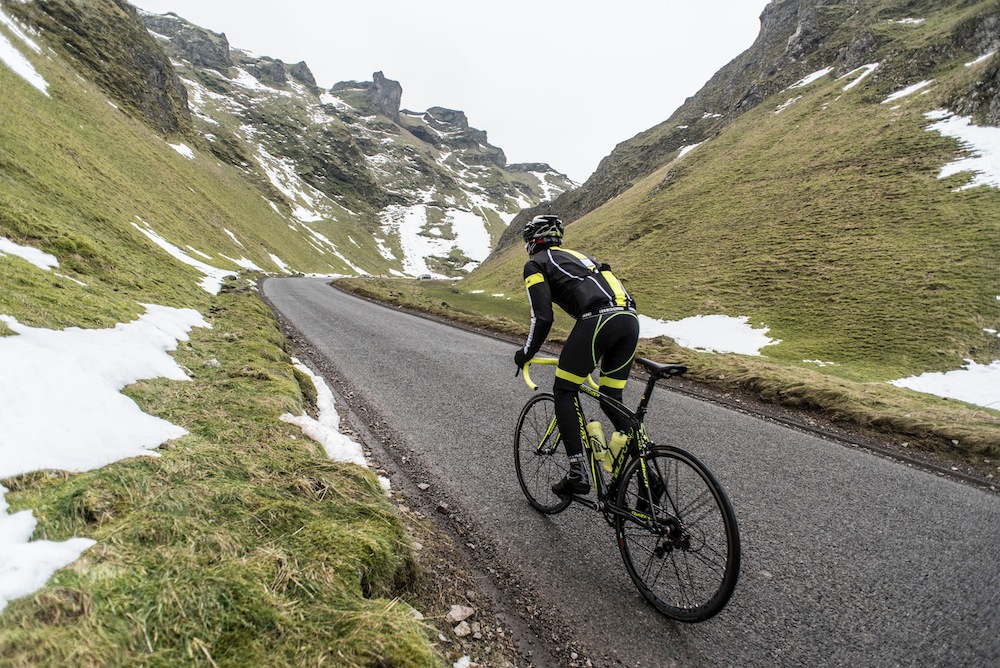
“The sportive we ran in Yorkshire [Hoy 100 Sportive] last year at the end of August was 100 miles with 11,000ft of climbing. It’s a big day in the saddle, and I didn’t want to turn up and struggle to get round.
>>> How to carb load before an event or race
"I wanted to be fit enough to actually enjoy it, press on and have a bit of fun, chat to folks on the climbs. So I was ready for it and it was good. I went out with Graham Obree and I dropped him — I think he was struggling and having a bad day. You think ‘wow, I felt good because I was ready for it’.”
Training indoors can be a great substitute
“Turbo-trainers are great when you’re really busy. If you haven’t got time to do a long ride, in a 45-minute turbo-training session, you can get so much done. It’s painful but it’s really effective.”
Respect Mamils
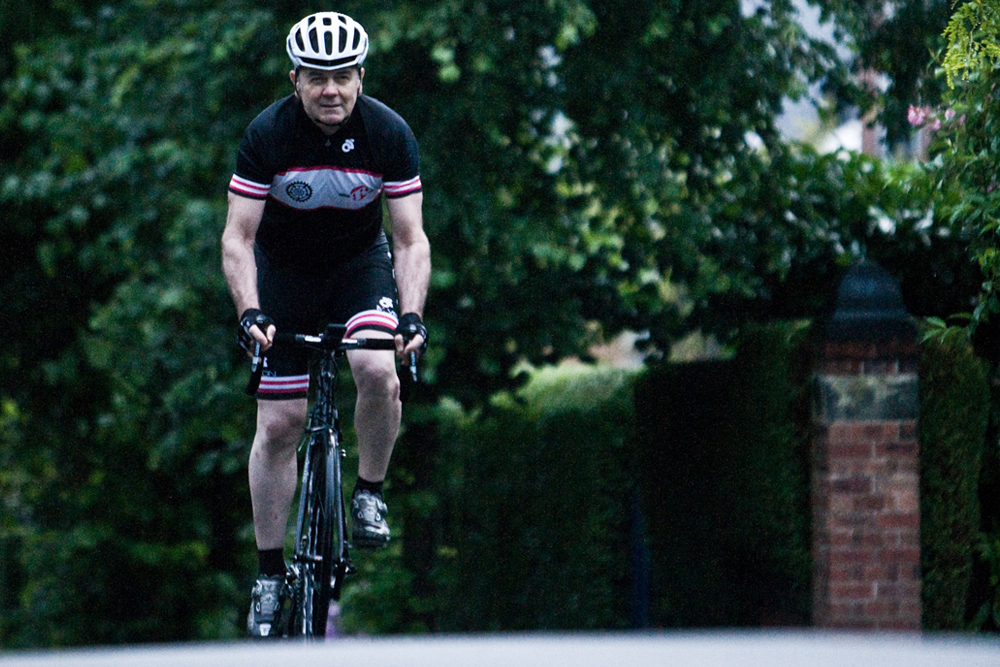
“It’s quite nice giving advice about sportives now that I am one of those sportive riders myself, one of these Mamils who basically enjoys riding their bikes, only I have slightly more experience.
"The thing is, people take the mickey out of the middle-aged men with slightly rotund figures, but what did they themselves look like six months ago or a year ago? At least these guys are doing it, and good on them for making the effort to change themselves for the better.”
Build and then maintain

“I had to put a lot of work in to get strong and powerful but once you’ve got it, you can maintain it a lot easier. In the later years, I was probably doing two gym sessions a week, which lasted two hours.
>>> How to use strength training to boost your cycling
"We’d also do stuff in the lab: effectively a strength training exercise, a massive big flywheel, double gearing system, and the gear ratios were massive… you could stand on the pedals with all your weight and the cranks wouldn’t turn. The only way you could turn them was to really push, so it made it a proper strength exercise and essentially another gym session — so three gym or strength sessions a week.”
Focus on quality, not just quantity
“In the early days I tried to do way too much training, thinking volume was key. But it’s actually about the quality and getting the most out of each session.
"That quality changed, probably in 1999 or 2000, when Martin Barras came on board as our coach; he had a lot of experience and knowledge about sprint training and educated us more about the best way to train for sprint.”
Have confidence in your nutrition
“Things haven’t changed massively in terms of the nutrition basics. We all know it’s a straightforward process of being hydrated and having the fuel for your body to do the exercise; and you’ve got to replace it once you’ve used it up.
"I think it’s just having the confidence of knowing that you are doing the right thing… If you are doing it right, you have that confidence.”
With age comes greater wisdom
“When you’re younger you have the capacity to do more, but you have less experience so you don’t read the signals from your body before injury or illness happens.
"I used to train myself into the ground, get ill and then do less volume of training; over the season, I was missing more training than I was doing because of injury or illness.
>>> Jens Voigt: Life lessons from 30+ years of riding
"So even though the capacity to work starts to diminish a little bit as you age, you can read the signals and back off when it counts.”
There are no prizes for pain
“When I look back in my training diaries to before I had proper coaching, I notice I was doing 10 sets of leg press, 10 sets of squats. In later years, we were doing four sets of each instead: you get better results from doing less.
"If I wasn’t injured, I wouldn’t be able to walk for a couple of days because I was sore, and couldn’t get a quality track session out because I’d be hobbling around like an idiot.”
Training camps are a blast
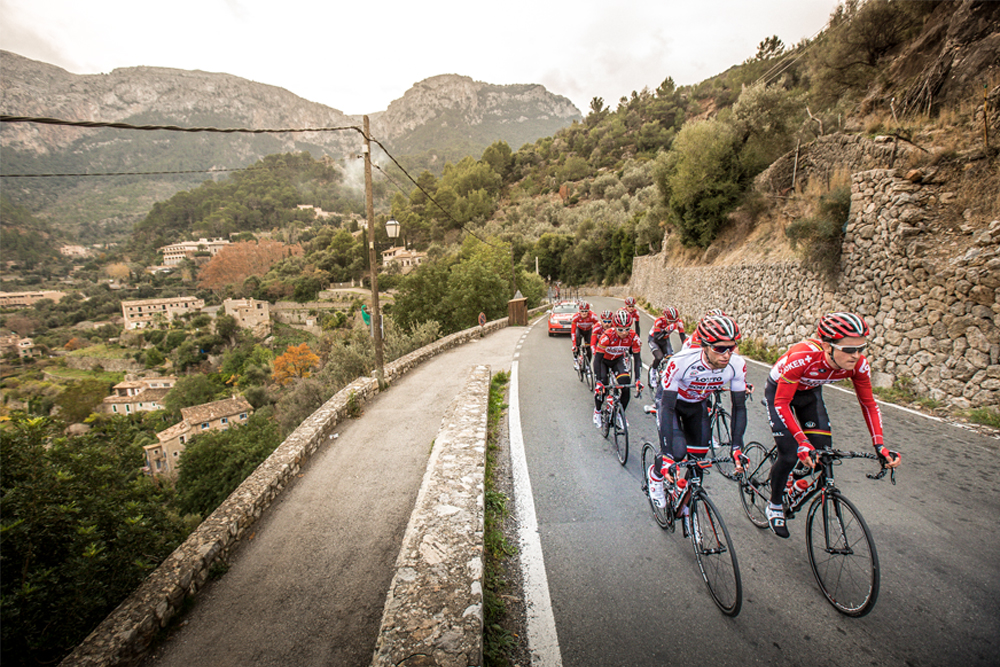
“Twice a year we did a road camp at sea level, usually in Majorca or somewhere nice with decent roads. It was good fun because we were all like fish out of water a little bit as sprinters out on the road. But we’d go and really smash it; we’d go to Sa Calobra for a four-hour ride.
>>> Watch: Your guide to the perfect training camp
"You’d be surprised how strong the kilo guys are on the road; they’re big guys who are 90-kilos-plus, but they can get up the hills all right.
>>> Should you hire a bike or take your own when you go abroad?
"It was good for your head as well as your conditioning, just to get away and have a completely different scene with nothing apart from riding on the road for eight to 10 days.”
Your programme should excite you
“Chris Boardman said to me years ago that if you ever feel that the programme isn’t right or you don’t have that excitement of thinking ‘brilliant, we’ve got something special here’, then scrap it and start again because it’s not right.
"You have to believe in it; there’s not just one way of doing something, there’s not a singular strategy that works for everybody; it’s more about how you do it. That was always the big thing, if I felt excited by this bit of paper; I felt it was the map, the recipe that was going to get the gold medal.”
Don’t forget your protein
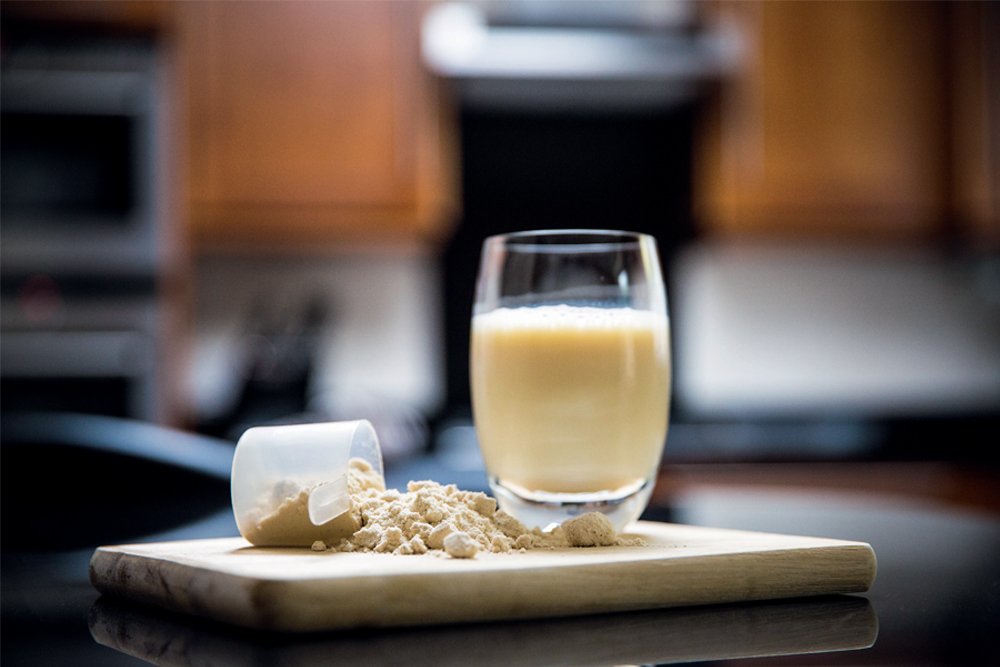
“As a sprinter, protein was a big part of my nutrition and recovery programme, but it’s not a case of just taking the protein and all of a sudden you have massive muscles.
>>> Prevent muscle pain with good cycling nutrition
"It wasn’t about gaining muscle mass but more about recovering from intense exercise and muscle damage from resistance exercise, sprinting, weight lifting, etc.
"You’ve got to repair them, and that soreness you get won’t go away by itself. Getting high-quality protein was a big part of that; I used SiS Rego Rapid and Rego Build.”
Mentally put yourself on the Olympic start line in every session
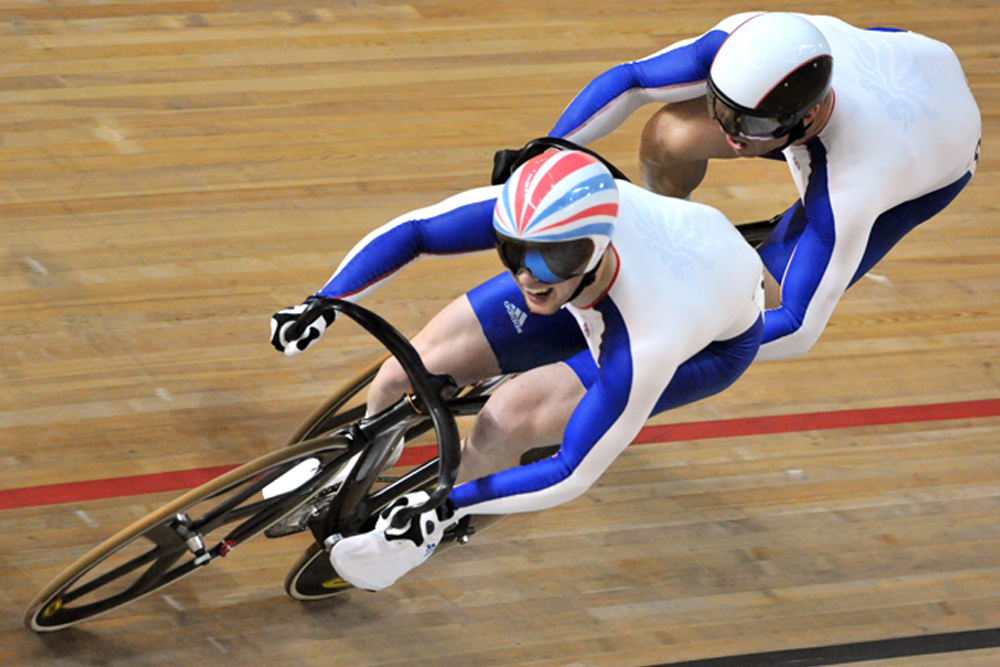
“I would treat every effort as if it were a race effort, and that was part of the way I psyched myself up for training. It didn’t matter if it was a Tuesday afternoon in the middle of winter or a week before the Olympic Games, it was the same commitment.
"In my head, when I was on the start line in a training effort or a flying effort, it was the Olympics. In many ways it wasn’t just a physical thing, it was mental rehearsal for the big night. So when I got there I felt like I’d been there a million times before. It helped me get the best out of myself.”
Trick your mind into one more rep
“I used to just trick my legs into thinking it was the last effort. Almost every time, I’d say, ‘All right, don’t think about the next six or eight efforts today… This is it, this is the last one, and if it’s not good, we’re going home’. And then I’d nail it and be, like, ‘OK, one more’.
"You just take it one step at a time, because if you start thinking and looking too far ahead and thinking about how much is left to come, it can completely psyche you out.”
Seek advice from an expert in your event
“The physiology for the keirin is very similar [to that for the kilo]. Kilo riders make good sprinters and vice versa; what’s different about the keirin is the tactics, the technical side, the psychology.
>>> Why getting a cycling coach is like getting (unhappily) married
"Whereas the kilo was about training for one moment, one effort, no heats — the black line against the clock — [in the keirin] it’s such a different situation, more like boxing, mano-a-mano. It’s far more confrontational; you have to react to other people and be proactive.
"I was just really lucky [in drawing on] the experience of Jan van Eijden, who had been world champion before in the sprint and had raced in Japan in the keirin; he was one of the best tacticians of all time, really, and he just broke it down and made it very simple.”
Sir Chris Hoy is Elite Sports Consultant for SiS, scienceinsport.com

Thank you for reading 20 articles this month* Join now for unlimited access
Enjoy your first month for just £1 / $1 / €1
*Read 5 free articles per month without a subscription

Join now for unlimited access
Try first month for just £1 / $1 / €1
Paul Knott is a fitness and features writer, who has also presented Cycling Weekly videos as well as contributing to the print magazine as well as online articles. In 2020 he published his first book, The Official Tour de France Road Cycling Training Guide (Welbeck), a guide designed to help readers improve their cycling performance via cherrypicking from the strategies adopted by the pros.
-
 Man hands himself in to Belgian police after throwing full water bottle at Mathieu van der Poel during Paris-Roubaix
Man hands himself in to Belgian police after throwing full water bottle at Mathieu van der Poel during Paris-Roubaix30-year-old was on Templeuve-en-Pévèle cobbled sector when television pictures showed the bottle hitting him in the face
By Tom Thewlis Published
-
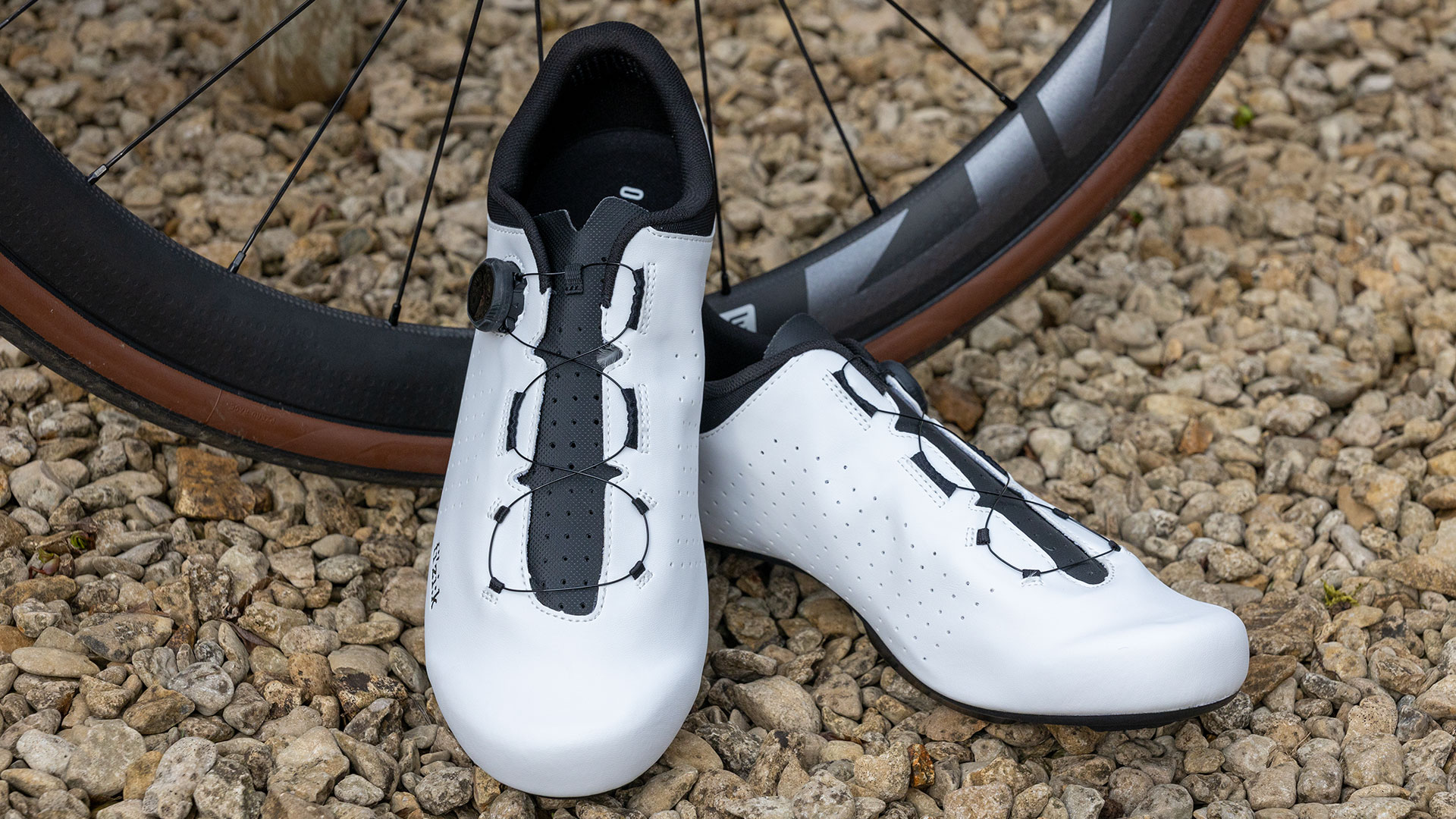 Fizik Vento Omna Wide shoe review: Yeti sneakers for those pedalling on a budget
Fizik Vento Omna Wide shoe review: Yeti sneakers for those pedalling on a budgetBroadly recommended for those of us with flipper feet
By Simon Fellows Published
